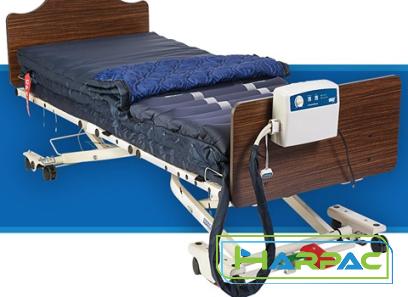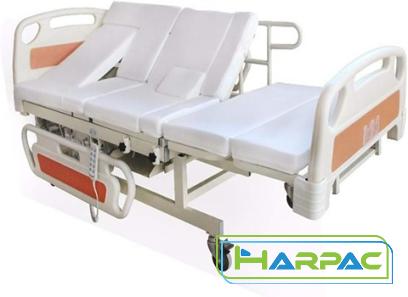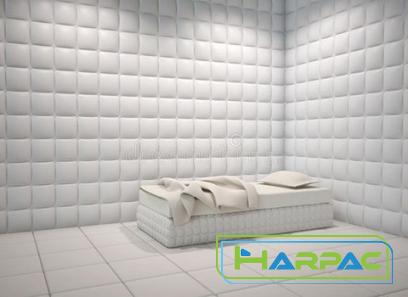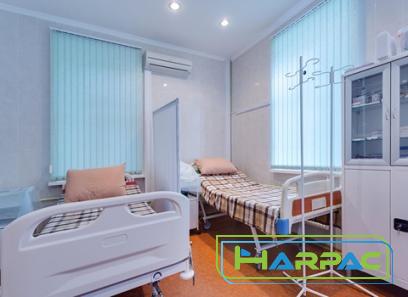Hospital bed mattresses play a crucial role in providing comfort and support to patients, ensuring their well-being and aiding in their recovery. With advancements in medical technology, there are various types of hospital bed mattresses available today. In this article, we will explore different mattress types commonly used in healthcare settings, highlighting their features and benefits.
1. Inner Spring Mattresses:
Inner spring mattresses are the most traditional and widely used type in hospitals. They consist of coil springs covered with padding, creating a comfortable and supportive surface. These mattresses offer excellent weight distribution and durability, making them suitable for long-term use. Inner spring mattresses are also cost-effective, making them a popular choice in healthcare facilities.
2. Foam Mattresses:

Foam mattresses are another common type found in hospitals. Made from high-density polyurethane foam, they provide pressure relief and contour to the individual’s body shape. These mattresses offer superior ventilation and temperature regulation, reducing the risk of bedsores and improving comfort. They are lightweight and easy to handle, making them convenient for caregivers.
3. Air Mattresses:
Air mattresses, also known as alternating pressure mattresses, utilize air cells that inflate and deflate alternately to provide pressure redistribution. These mattresses aim to prevent pressure ulcers by constantly changing pressure points. Air mattresses are particularly suitable for patients with limited mobility or those at a higher risk of developing bedsores. They often come with adjustable settings to accommodate individual comfort levels.
4. Gel Overlay Mattresses:
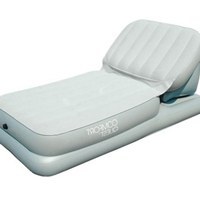
Gel overlay mattresses consist of gel-filled pouches or layers placed on top of a foam or air mattress. The gel redistributes pressure, reducing the likelihood of developing pressure ulcers. These mattresses offer excellent comfort and support, as the gel adjusts to the body’s contours. Additionally, the gel’s cooling properties help regulate body temperature, enhancing patient comfort.
5. Low-Air-Loss Mattresses:
Low-air-loss mattresses are highly specialized options designed to prevent and heal pressure ulcers. These mattresses have multiple air cells that allow the controlled release of air, maintaining a dry and cool environment. The constant flow of air through the mattress reduces humidity and moisture, which may lead to skin breakdown. Low-air-loss mattresses are commonly used in intensive care units and for patients with severe mobility issues.
6. Bariatric Mattresses:
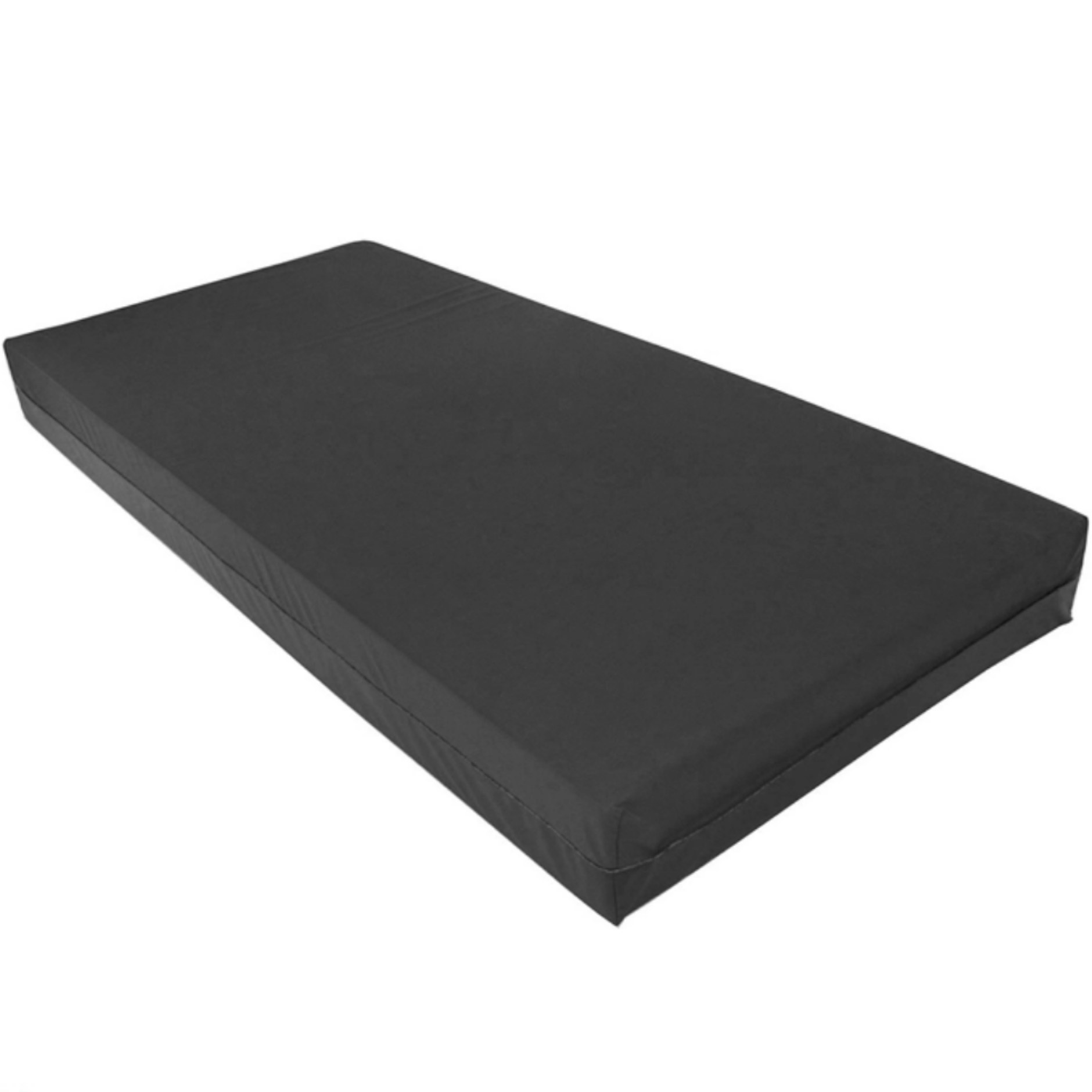
Bariatric mattresses are specifically designed to support individuals with higher weight capacities. These mattresses are typically wider, longer, and made from heavy-duty materials that can withstand these demands. Bariatric mattresses offer optimal pressure redistribution, ensuring the comfort and safety of heavier patients.
Choosing the right hospital bed mattress is essential for patient comfort, support, and overall well-being. Healthcare facilities must consider factors such as patient needs, budget, and specific requirements when selecting the appropriate mattress type. Inner spring mattresses, foam mattresses, air mattresses, gel overlay, low-air-loss mattresses, and bariatric mattresses all offer unique features and benefits to cater to diverse patient populations. By understanding the different mattress options available, medical professionals can make informed decisions to enhance patient care and promote a faster recovery process.
